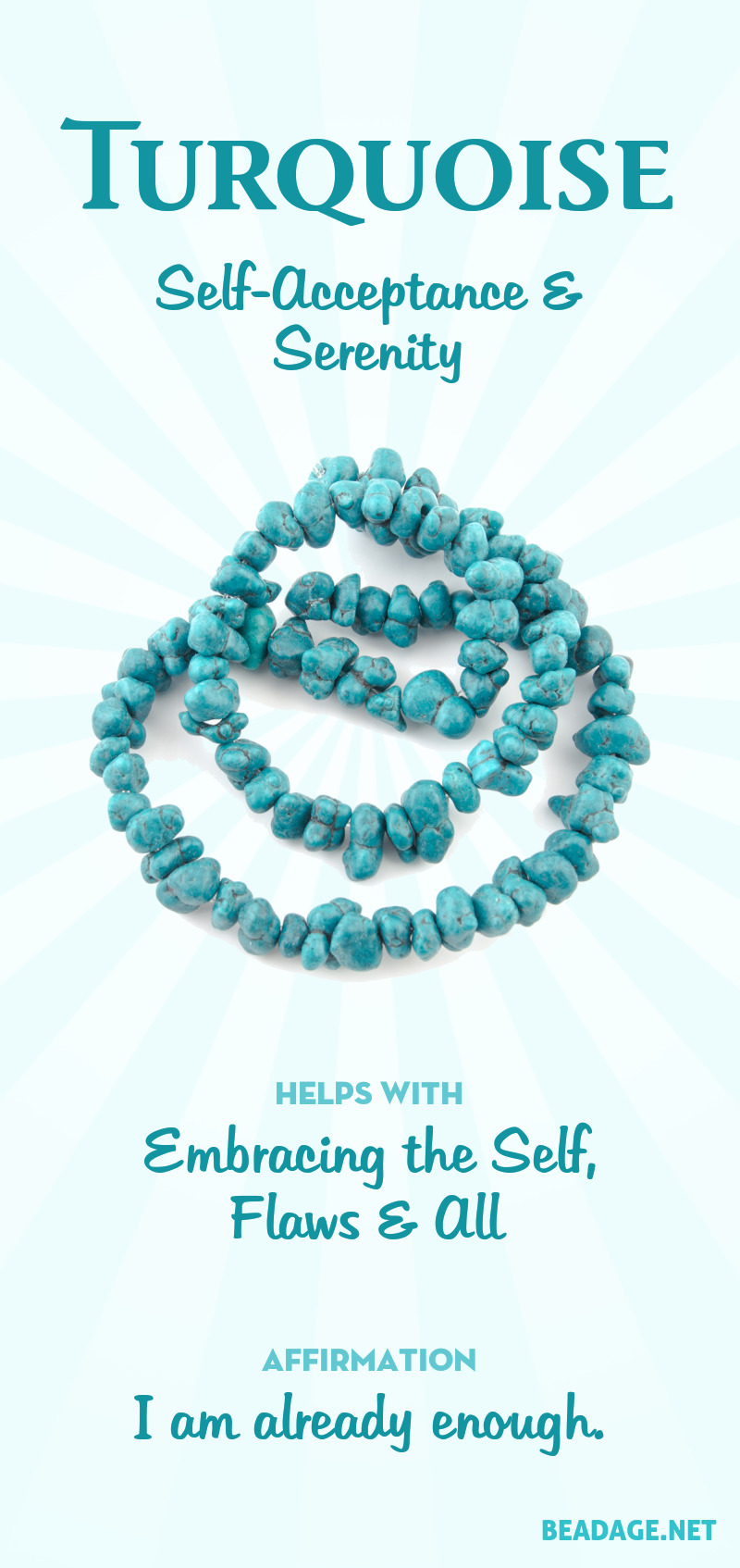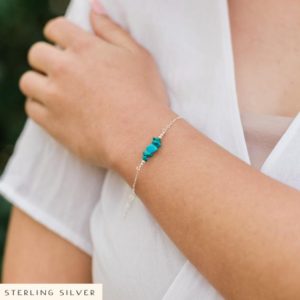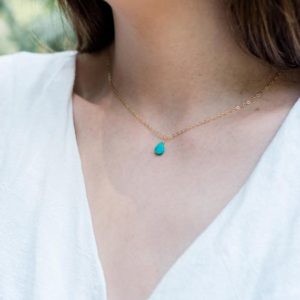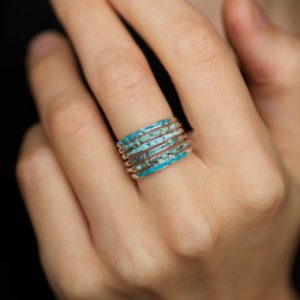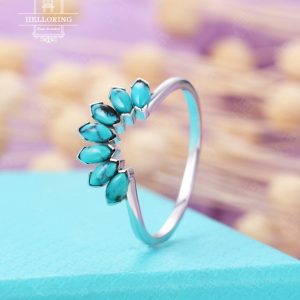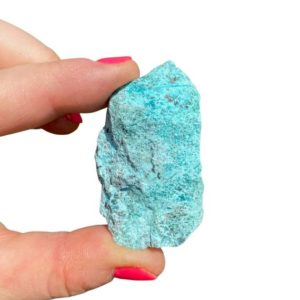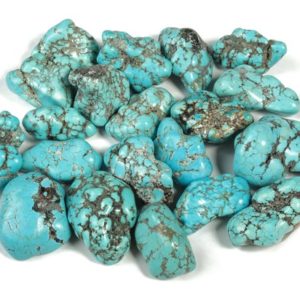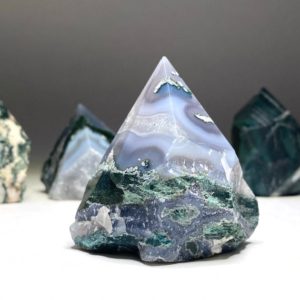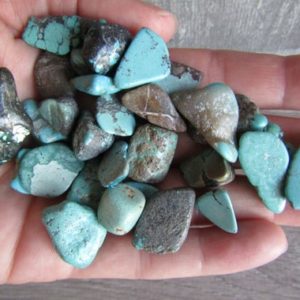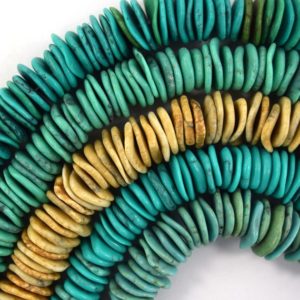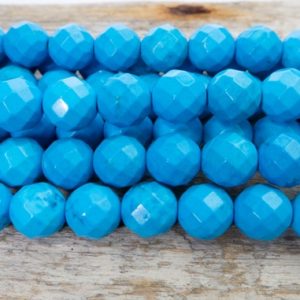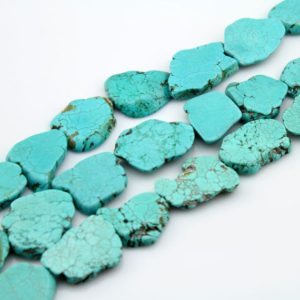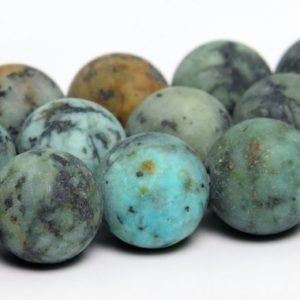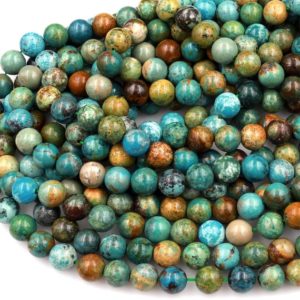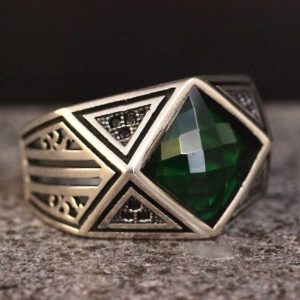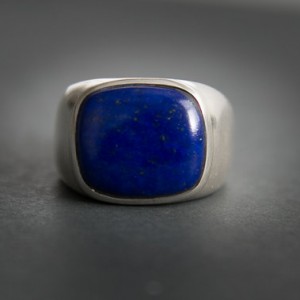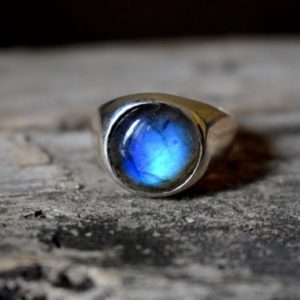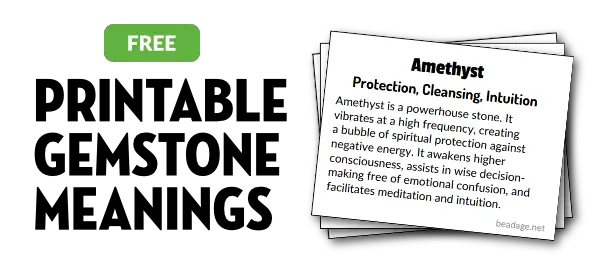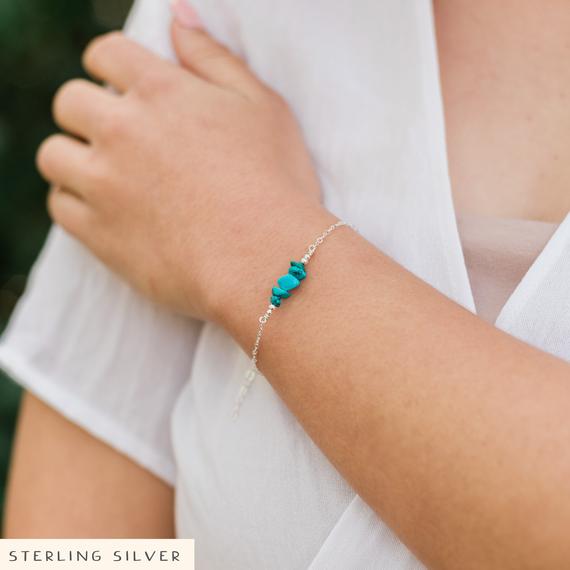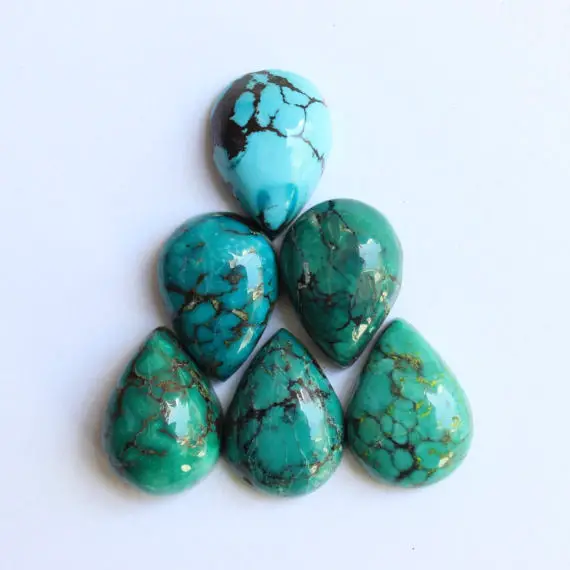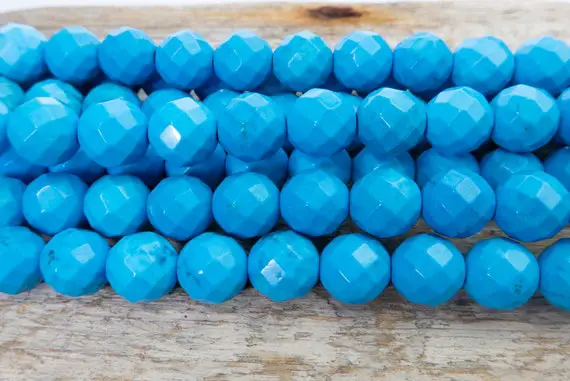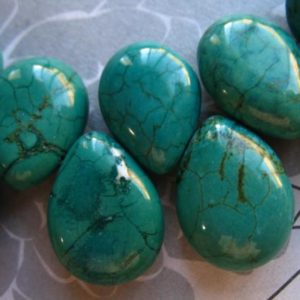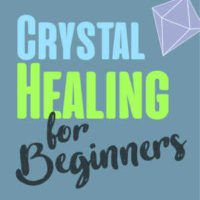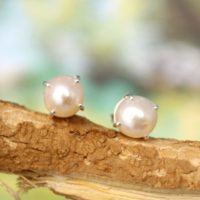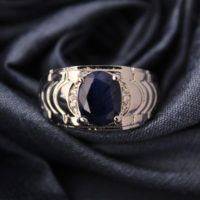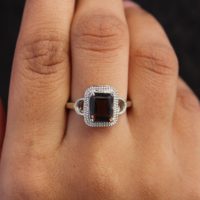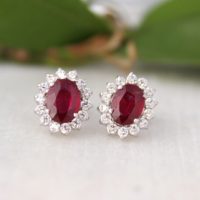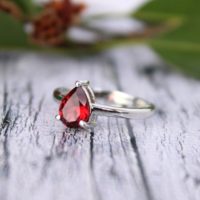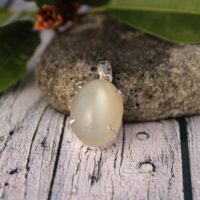Healing Properties of Turquoise
Curious about turquoise stone’s benefits? You’re not alone; turquoise is one of the most highly sought after gemstones for both jewelry and crystal healing.
Like most blue gemstones, turquoise activates and balances the throat chakra. This is the center of speech and self-expression. Turquoise helps us speak our wisdom and truth clearly.
The biggest gift of turquoise is helping us know that every part of us is an element of our Divine self, to be understood and embraced. Turquoise encourages to accept ourselves, warts and all. It can help release regrets and find self-acceptance.
Turquoise helps with blocks around giving and receiving forgiveness. People often have a tendency to push away people and memories that are painful or upsetting. Darkness and pain are universal human experiences, and only by integrating these aspects of existence can we become whole. This is never an easy process, but turquoise reminds us that we are not alone and indeed it is a journey everyone must make to heal. The end result turns these painful experiences into wisdom and compassion.
If you struggle with loving yourself as you are, or you have someone in your life you have trouble forgiving, meditate with turquoise or wear it as jewelry. Place it over your heart and ask for help.
Turquoise as a Gemstone & Mineral Information
An opaque greenish-blue gemstone consisting of a copper aluminum hydrous phosphate mineral. It often has veins of darker or lighter material running through it, which is referred to as “matrix”. The matrix can be yellow, brown, or black depending on the turquoise.
Turquoise has a long history dating back to 5000 B.C. and is mined in Iran, Afghanistan, Tibet, Australia, and in the southwestern US.
Types and treatments of turquoise
“Stabilized” means that turquoise has been processed in a way that hardens it and deepens the color somewhat. The vast majority of turquoise on the market is stabilized, as otherwise it is too soft and prone to fading when used in jewelry. Be aware that while it is not necessary to dye turquoise to stabilize it, some sellers do dye it while stabilizing it to produce a more intense color. So, be careful and ask questions when you are buying if you are looking for undyed turquoise.
Sleeping Beauty turquoise is turquoise from a specific mine in Arizona that produces very high quality turquoise.
Spiderweb turquoise is turquoise where the matrix is more dense and looks like a spiderweb.
Buffalo turquoise is a rare form of white turquoise found in the southwest USA. It still has a tint of blue or green. Yellow turquoise is also also found rarely in this area. However, both of these terms are also used for imitation turquoise (see below), as genuine white or yellow turquoise is quite expensive.
Imitation turquoise
There are several turquoise imposters to look out for. Howlite as well as magnesite are sometimes dyed to mimic turquoise. African turquoise is actually a form of jasper. Look out for words like synthetic, dyed, artificial, faux, and imitation.
Many variations like “yellow turquoise”, “white turquoise”, “Buffalo turquoise”, “pink turquoise”, “mosaic turquoise” are “creative” names for other stones, usually howlite, serpentine, magnesite, or jasper that have a look similar to the characteristic veins of genuine turquoise.
Be sure that what you buy is sold as genuine turquoise and you trust your source. If it seems too inexpensive, it’s probably not real turquoise.
Stones that are sometimes mistaken for turquoise include chrysocolla and Eilat stone.
Materials derived from turquoise
Reconstituted turquoise is made from scrap turquoise that is left over from the cutting process, ground up, and then put back together with resins, dyes, and sometimes added metal to either enhance the color or matrix.
Chalk turquoise is (debatably) a kind of reconstituted turquoise–debatable because it is made from a mineral that is the same as turquoise but minus the copper that gives turquoise it’s blue color. It is white, chalky, and is stabilized and dyed various bright colors.
Oyster turquoise or Copper turquoise consists of bits of turquoise, oyster shell, and copper that are fused together into a solid mass in a way that attempts to mimic a natural mineral. The resulting conglomerate is then cut and shaped to use in jewelry. The material was inspired by the work of indigenous American artists who make jewelry combining turquoise and inlays of shell from the spiny oyster.
Mojave turquoise is a reconstituted turquoise with an added bronze metal matrix.
Color: Blue Gemstones, Blue Green Gemstones
Shop: Turquoise Bracelets Turquoise Earrings Turquoise Necklaces Turquoise Pendants Turquoise Rings Turquoise Stones Raw Turquoise Sleeping Beauty Turquoise Beads Turquoise Engagement Rings
